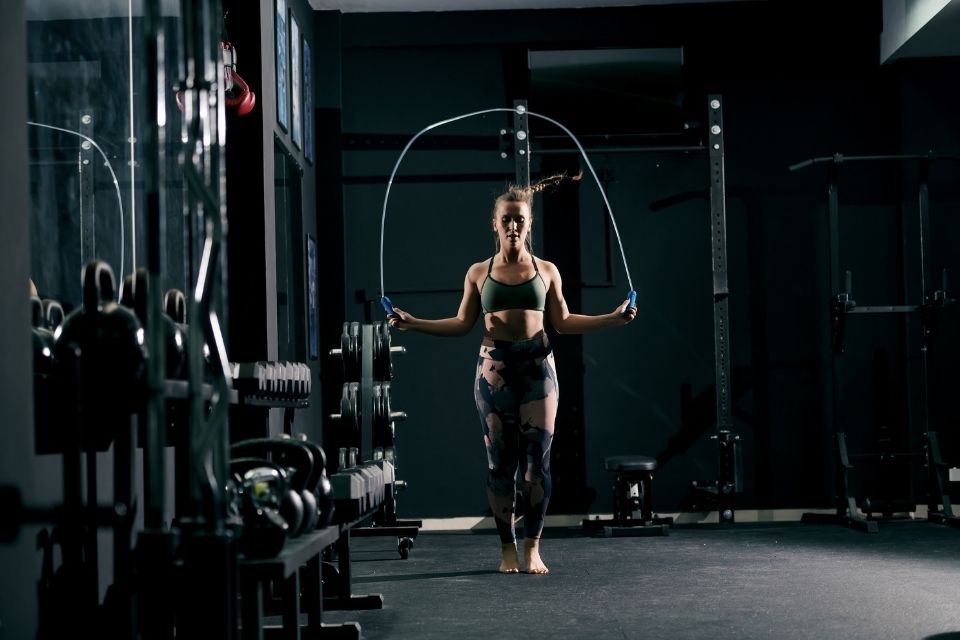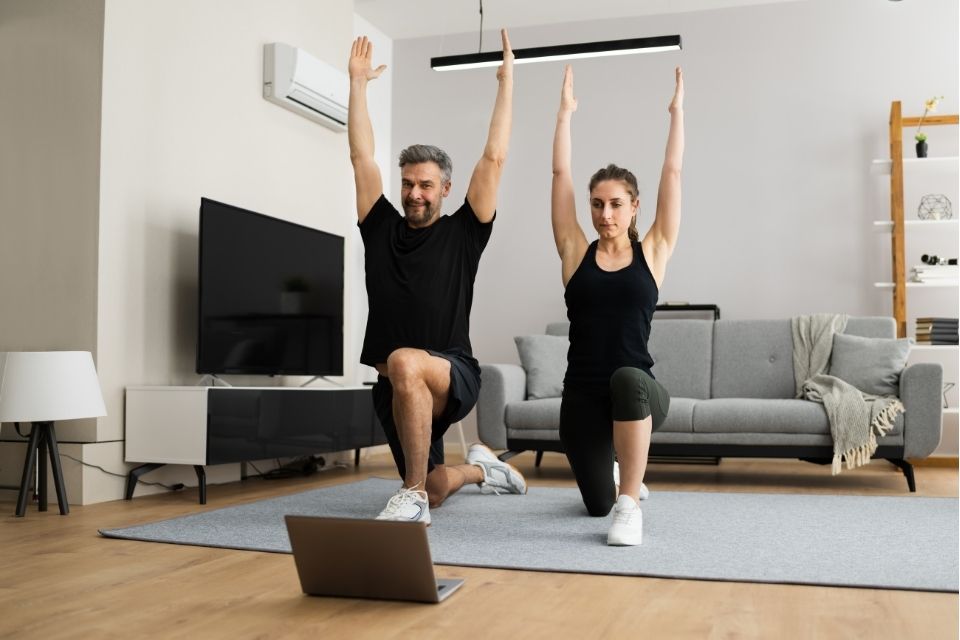Starting a workout routine without knowing your current physical condition is like driving without checking your fuel and tire pressure, you might get going, but you’re taking risks. A physical assessment is your body’s “check-up” before starting or adjusting an exercise program.
Through tests and measurements, it provides accurate data about body composition, strength, endurance, posture, and even health habits. This information is essential for making your training safe, efficient, and personalized.
In this guide, you’ll learn what it is, how it works, the main types, who should do it, and why it’s crucial for great results. You can also check leg workout and home workout to put your assessment results into practice.
What is a physical assessment?
A physical assessment is a set of procedures performed by a fitness professional to analyze your current condition.
It can include simple measurements, such as weight and height, and advanced tests for strength and cardiovascular capacity.
The goal is to understand your body’s status and, from there, create a safe, goal-oriented training plan.
Importance of a physical assessment
Doing a physical assessment before starting any training program brings several benefits:
- Safety: Detects limitations and prevents injuries.
- Efficiency: Ensures the workout matches your fitness level.
- Progress tracking: Monitors evolution with concrete data.
- Motivation: Seeing results on paper is an extra boost.
It’s also essential for those aiming for hypertrophy, as it identifies muscle imbalances, or for those seeking fat loss, helping define workout intensity and strategies like what is cardio combined with strength training.
How is a physical assessment done?
The process can vary depending on the available structure and the trainee’s goals but usually includes:
1. Anamnesis
An initial interview covering health history, habits, routine, and goals.
2. Anthropometric assessment
Measurements of weight, height, body circumferences, and BMI calculation.
3. Body composition test
Determines lean mass, fat mass, and body water percentage via bioimpedance, skinfold calipers, or other methods.
4. Strength and endurance tests
Assess muscular and cardiovascular capacity to guide training intensity.
5. Posture and flexibility assessment
Identifies postural deviations and mobility limitations.
Types of physical assessment
- Initial assessment: Before starting training, to establish a baseline.
- Periodic assessment: Every 2–3 months to track progress.
- Specific assessment: For athletic performance or rehabilitation.
Gyms often combine more than one type for a complete overview.
Physical assessment at the gym
At the gym, it’s conducted by a certified trainer using tools like bioimpedance scales, tape measures, calipers, and dynamometers.
Beyond guiding workout creation, it identifies areas needing improvement, such as stretching for posture or muscle strengthening to prevent injuries.
Physical assessment and progress tracking
Repeating the assessment every few months is key to seeing if training and diet are producing the expected results. This allows for:
- Adjusting load, intensity, and volume.
- Correcting muscle imbalances.
- Adapting exercises for new goals.
For advanced athletes, even small changes in composition or performance indicate when to tweak training.
Who should get a physical assessment?
Everyone planning to train should do it, but it’s especially important for:
- Sedentary individuals starting activity.
- Those returning after injury or surgery.
- Athletes needing precise planning data.
- People with specific health or aesthetic goals.
Tips and recommendations
- Always look for a qualified professional.
- Keep your results to compare in future assessments.
- Be honest during the anamnesis for truly personalized training.
Customize your workout!
A physical assessment is the first step toward safe and effective training. It shows exactly where you are, maps the path to where you want to be, and lets you track every milestone along the way.
Skipping this step is like training blind, risking injury or falling short of your goals.
Whether you’re starting at the gym, training at home, or chasing specific targets, do your assessment and begin smart. Download the Befit app for customized workouts, video tutorials, and progress tracking tools.








